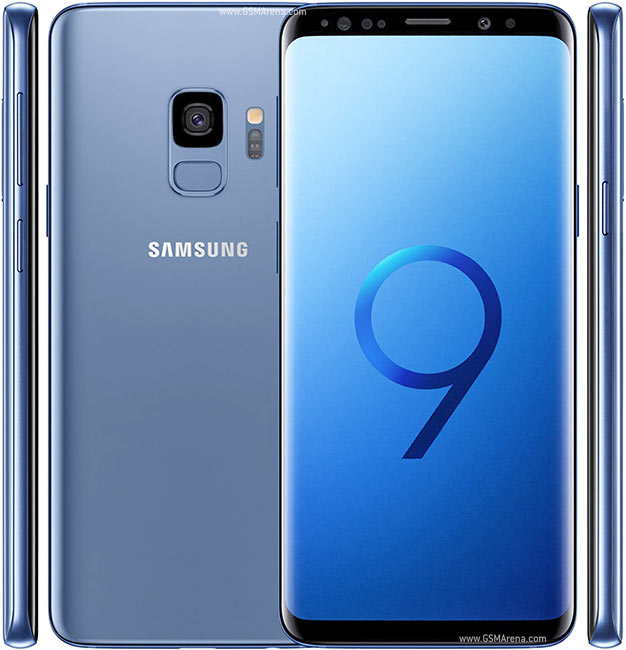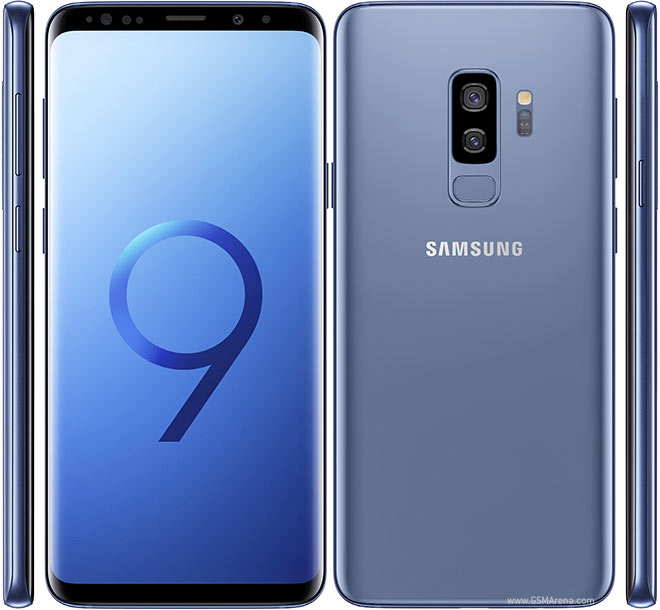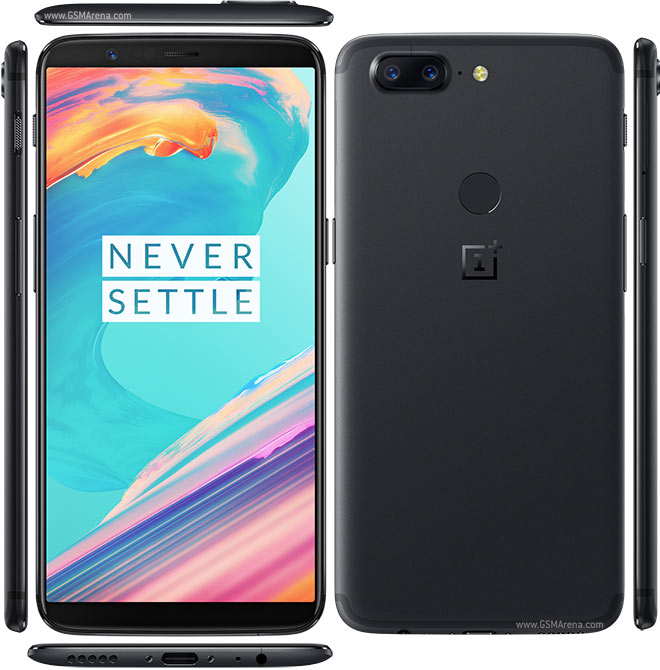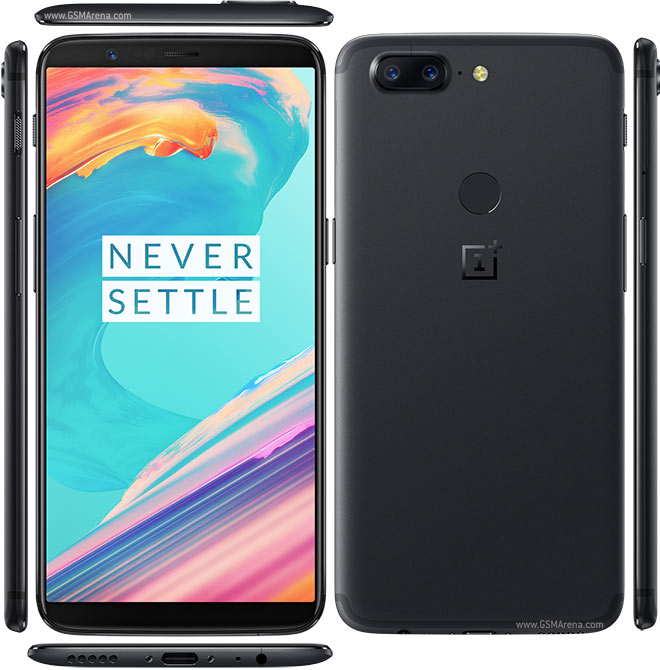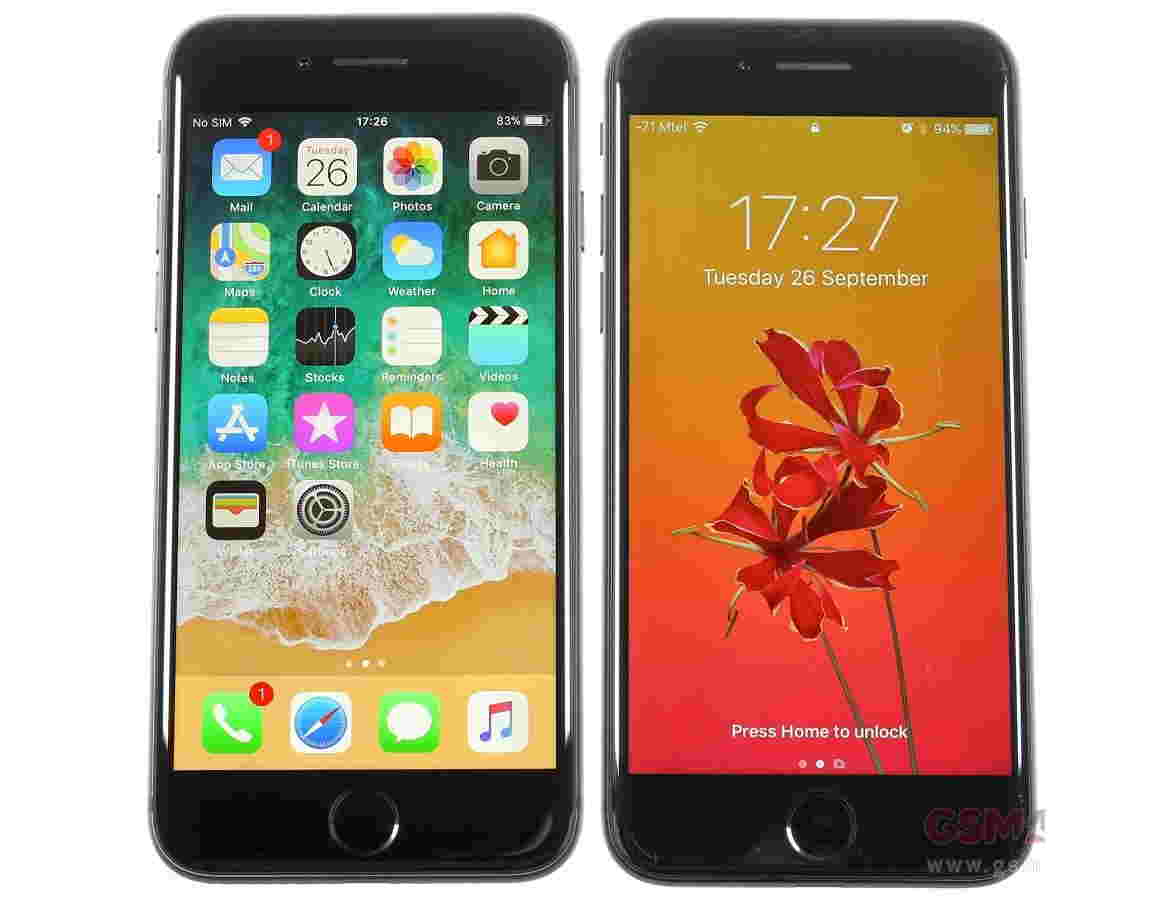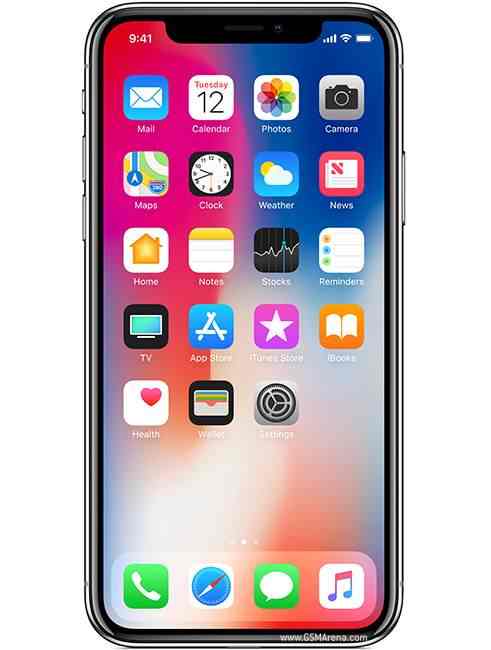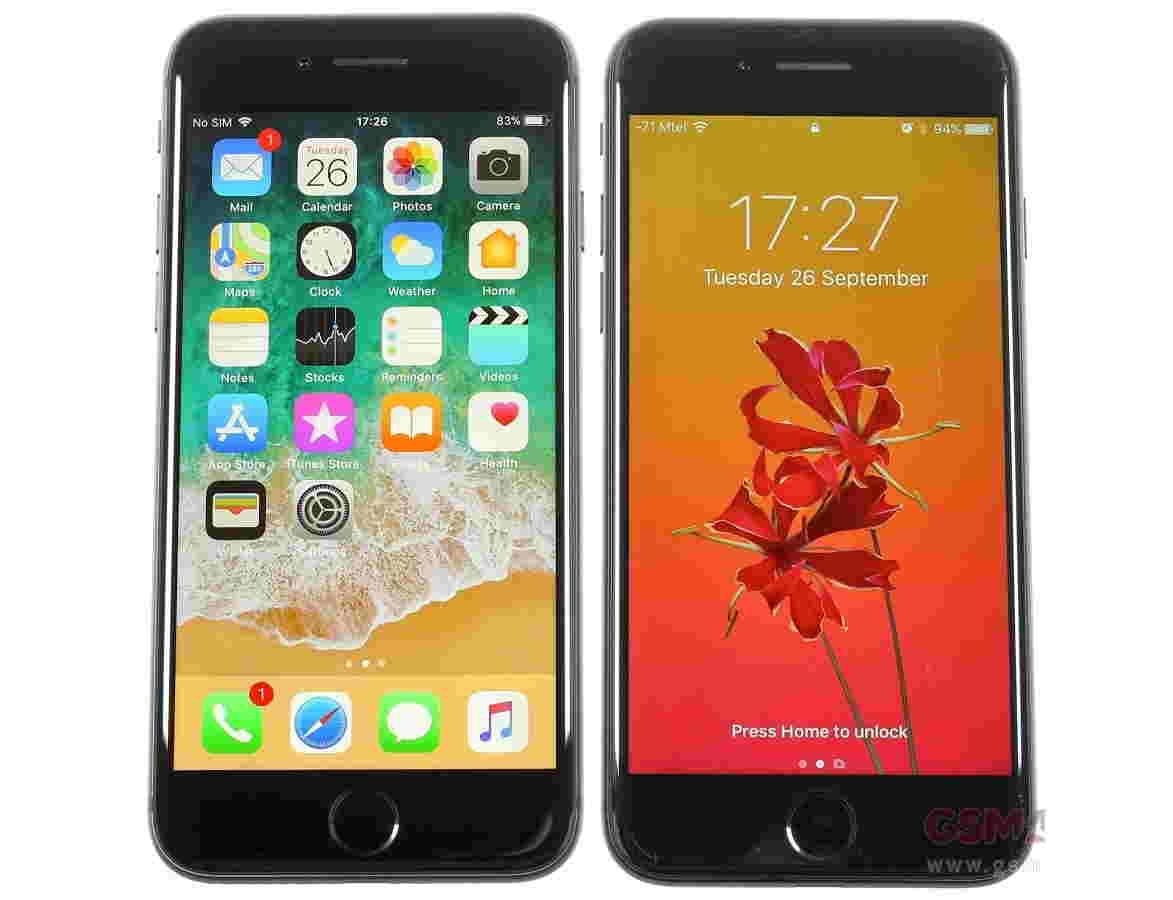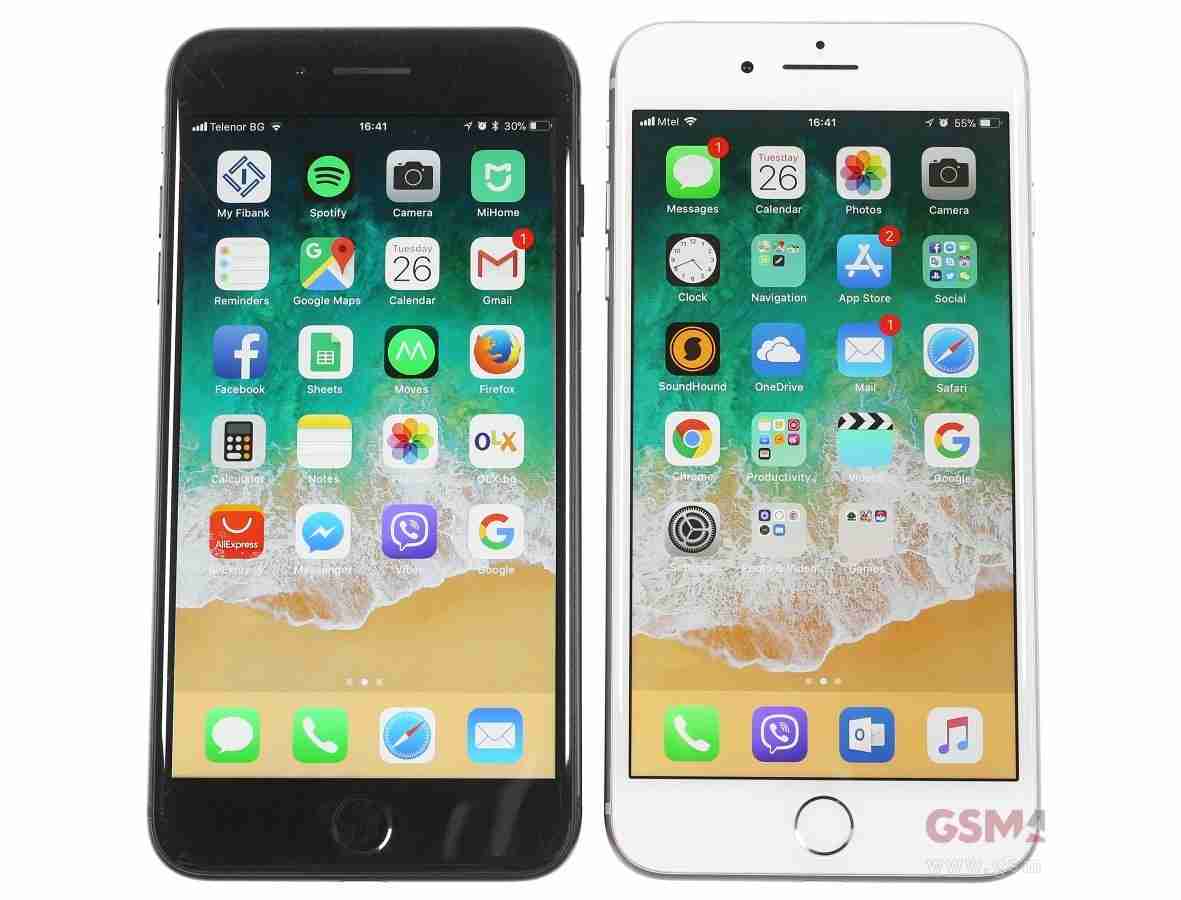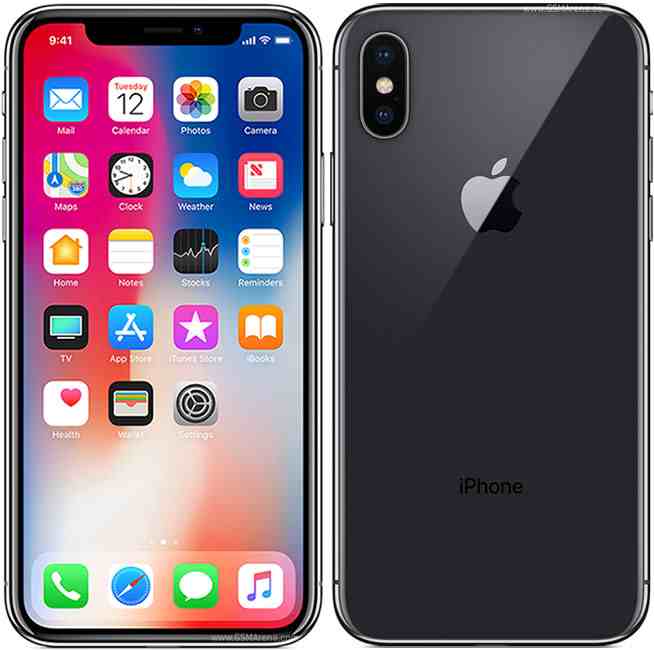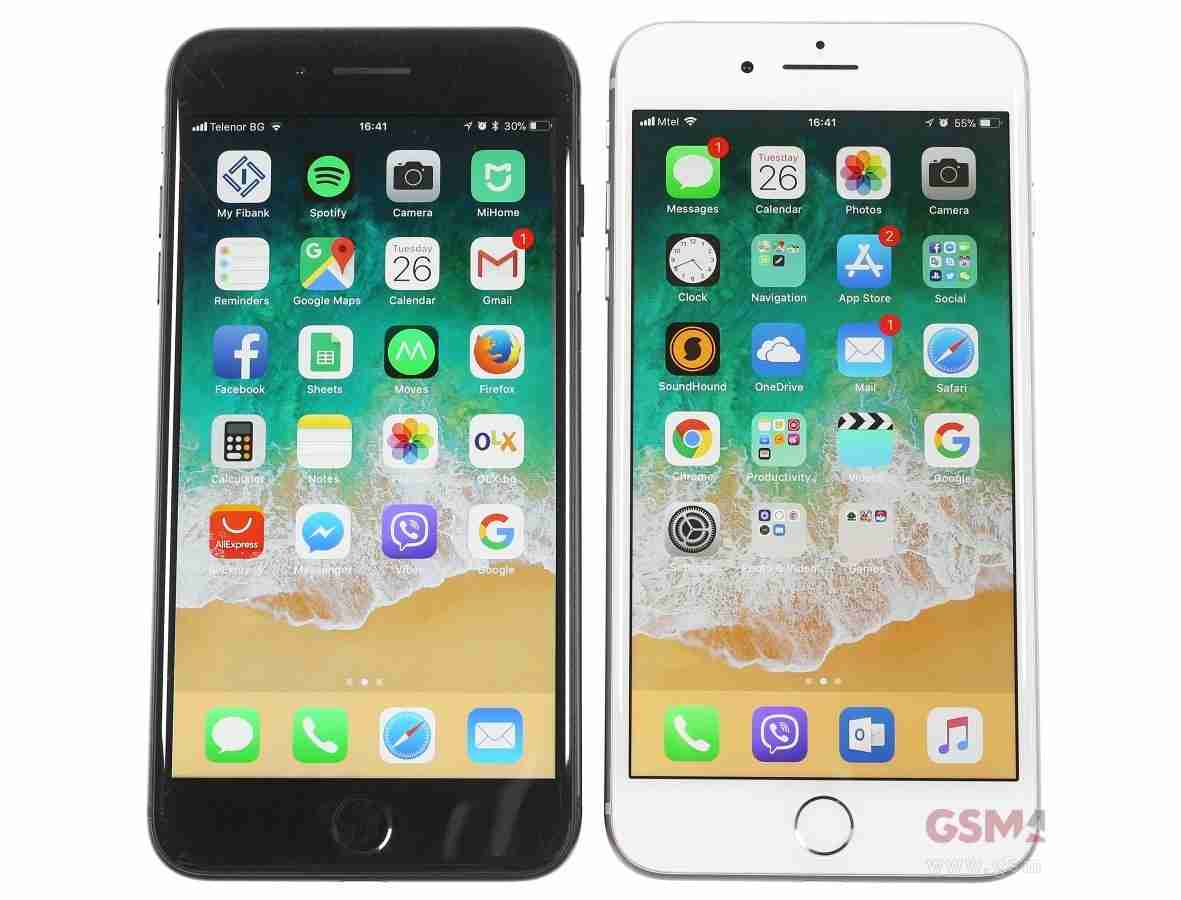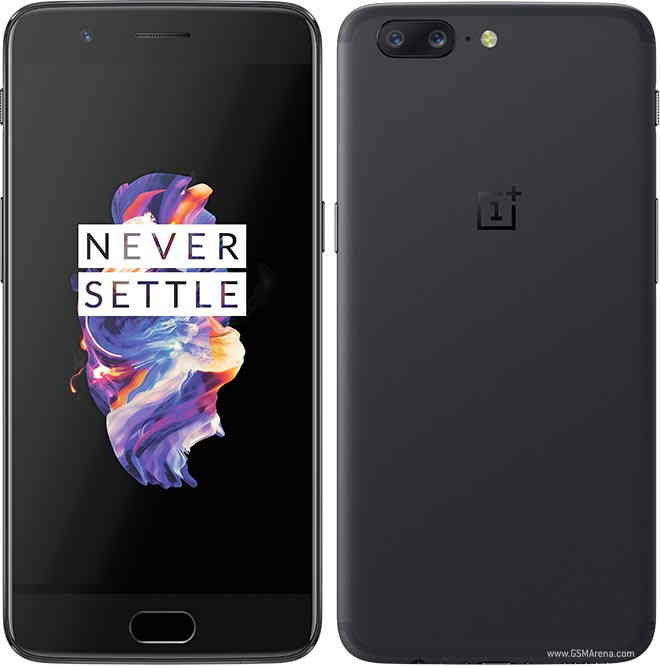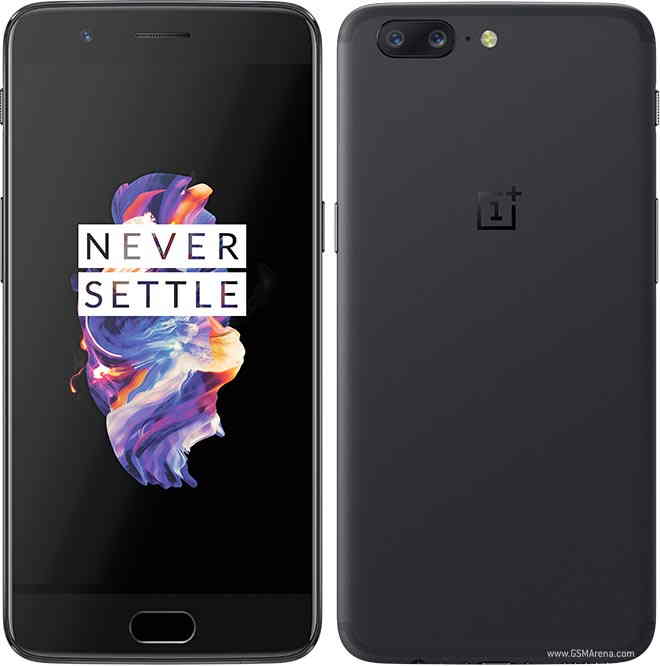
Introduction and design
The full and in-depth Sony Xperia Z3 review will be with you in just a few days - but in the meantime, here are some updated thoughts about the new handset if you simply MUST buy it this weekend.
The Sony Xperia Z3 isn't a phone that you'd have thought would make a lot of sense. After all, the Xperia Z2 was a nifty little handset and yet it's now been replaced barely six months later.
The new phone, from the outside at least, doesn't seem to add much more into the mix, merely improving things a little more and tweaking elements that were already pretty good. So has Sony really done enough?
The Xperia Z3, which lands alongside a new tablet and mini phone to complete the family (the Xperia Z3 Tablet Compact and the Xperia Z3 Compact), is a decent device though, don't get me wrong.
Sony told me that the reason these flagships are coming thick and fast is simply because it wants to start making waves in the high-end smartphone market, and the way to do that is always offer the best innovation.
That's perhaps true, and perhaps customers won't get too confused by seeing a new phone on the shelves and advertised all the time, but there's no doubt it kills the lustre that might have been built by users having to wait a year to get the best of Sony in a smartphone.
It needs to work as well - while Sony does alright in some markets (it's still got a lot of fans in the UK, for example) the profits are dipping in the smartphone business, and something needs to be done to arrest the slide.
So is the Xperia Z3 that phone? It does come in attractive colours (white, black, copper gold and 'silver green') and has a shrunken frame, improved camera and that all important Sony PS4 Remote Play compatibility.
Those things alone would be good enough for most, and the IP68 rating (which might not really change the way 99% of people use their phone) is at least a good 'peace of mind' marketing tool.
But there's a sense of the Z2 owners being left out in the cold. Why can't they have PS4 compatibility? After all, it's only a matter of the chipset being up to the task, and with both phones running the same Qualcomm Snapdragon 801 option (albeit with slightly different models and clockspeeds) that shouldn't be an issue.
And what about in six months time when the new Xperia Z4 lands on shelves? Surely this model will be seen as clumsy and outdated too, although at a lower price point?
Design
The design of the Sony Xperia Z3 is something that surprised me from the word go - I didn't expect to be as impressed as I am.
This is a phone that has dimensions of 146 x 72 x 7.3 mm, which compared to the Sony Xperia Z2 (146.8 x 73.3 x 8.2 mm) doesn't seem all that impressive.
But the slightly shrunken nature of the chassis is very nice indeed (especially the mm thickness shaved off the phone), and something that I really want to laud the brand for.
The ergonomics still stink slightly - this is, after all, a black slab of light-feeling glass encased in a metal band, and the flat edges make it slightly harder to hold and grip.
But in terms of aesthetics, it somehow impresses me every time I look at it. Yes, the bezels above and below the display aren't anything to get excited about (they are too large visually, but presumably pack some important components) the overall package looks premium.
The copper colour I had on test is also something I didn't expect to like - after all, this is really a brown phone - but it again seems to exude a quality that belies the slightly lower price tag.
On top of that, the edges have been rounded to make holding the phone an altogether more pleasant experience. I wasn't expecting to feel much difference between this and the Z2 given the similarity in dimensions, so this was a nice surprise.
The rest of the phone is largely as expected: the Omnibalance key at the side is pretty easy to strike, and although the volume key is positioned just below and theoretically too close, the larger size of the phone makes it easy to differentiate.
I will say that I hate that Sony keeps putting a dock connector on the left-hand side of the device - this confuses in the hand, feeling a bit like the volume key, and I can't see that it's something many people would actually use given the smaller sales of such aftermarket accessories.
Then there are the port covers. We clearly need these to make sure the phone is fully waterproof of course, but the problem here is that they ever so slightly stick out, even when pressed in as hard as possible.
The main culprit is the cover for the microSD and SIM card (which is now a nano option, showing Sony is starting to fall in line with the rest of the industry) which just protrudes slightly and therefore ruins the sleek, premium air the Sony Xperia Z3 has.
My device also quickly picked up an annoying rattle under the camera, which meant that when I poked at the screen to bash out a text, the phone made a rather 'un-premium' sound.
The other change to the design is the nylon covers in the corners of the phone - apparently these are cleverly added to stop the phone looking so damaged. According to Sony, most phones land on these corners when dropped, so putting the covers on helps stop the tarnished metal.
Except, well, it doesn't. The corners on my review device are fine, but despite not dropping the phone at all, there are already two small nicks in the metal band in just over a week.
This is the same thing we saw with the iPhone 5, and anyone that's owned one of those and kept it out of a case will see the scratched up monstrosities that some people are walking around with.
I don't think the Xperia Z3 will suffer to quite that degree, but it's interesting to see the effect happening so quickly.
The front facing speakers are worth a mention here too. Not only do they help to justify the oversized bezels, they also provide some pretty good and rich sound.
While not in the same league as the HTC One M8, the smaller and more discreet design will appeal to those that want good quality audio without the compromise in aesthetics.
And Sony, of course, continues with the dedicated camera button. I mention it last as its presence is always something to be celebrated: an easier way to fire up one of the most-used applications on the phone and a more stable method of snapping away.
Thank you Sony, long may the camera key continue.
Key features
It's hard to define key features for a phone that's been mercilessly refined over the last two years, as most of the inherently good things about it have been there for a while.
However, Sony has made some important tweaks that it's worth talking about, so let's take a look and see if the new changes really warrant you buying the new phone - or, if you're into Sony but don't want to spend all that money, whether you could get away with buying the still-new Xperia Z2 for a whole heap less cash.
IP68
The big claim Sony is making here is that the Xperia Z3 is one of the most waterproof and dust resistant phones on the market. It's IP65 / IP68 rated, which means it can not only spend longer underwater (two metres for 60 minutes) but also is better able to withstand jets of water flung at it.
And there's that IP6X dust rating too, which has been added for a while to let you throw the phone into all manner of dusty environments and not have those pesky granules invade the phone's innards.
Does it add a lot to the Sony Xperia Z3? Not really, unless you're one of the very niche who do like to run around all day in the lower depths of plunge pools, or have invested in an industrial power shower and want to watch videos in there at the same time.
However, being IP68 rated does add something clever to the Sony Xperia Z3: it makes it into more of a rival to the likes of the Cat Phone, which is touting itself as an antidote to the modern fragility of smartphones. The downside is it's a much poorer phone, which means that Sony can now offer not only a more robust device but one that works well too.
Stuff the Z3 in a rugged case for the weekend and you've got the smartphone that won't crack, break or fall apart just because you fancy a spelunk.
Lifelogging
Lifelogging is an interesting feature on the Xperia Z3. It's taking the boring steps counter (which we've seen on the likes of the Samsung Galaxy S5) and adding in some very clever extra tricks.
Open up the app (which annoyingly has a notification at the top of the phone at all times to let you know it's logging - the more OCD among us will appreciate the irritation) and you'll be able to see not only how many steps, but how many hours walking, running, commuting, cycling, sleeping and more.

The phone is most people's primary music device, so it can tell how long you spend listening to tunes daily, and if it's your main way of consuming video, it can tell you how many hours that's taken too. Even the calorie counter is more accurate as it not only adds in exercise from movement, but also your background burn, so you can see how much that cake is really going to affect your weight.
Combine that with a clever interface that's easy to understand, and the ability to bookmark your day at certain points like a digital diary, and Sony is well on the way to nailing a proper life tracker.
However, the current version still isn't good enough. Put on certain battery modes to save juice and it stops working. While it's amazing that the app can work out when you're cycling or commuting, it's not accurate enough, only picking up my morning journeys for some reason.
And the fact it sees all apps as games means that it looks like I play all the time, when in reality I'd much rather it was able to tell me how much time I spend on BBC Sport rather than 'loads of gaming in the day'.
Lifelog also really needs the Core Smartband to really work as well, to track those moments when you play football and don't have the phone, or offer proper sleep tracking, as the phone can't do that at the moment.
This system will get better with time, and it's better than 90% of other options out there already - I just hope Sony keeps refining it quickly enough to make it really awesome. This smartphone can collect data better than anything out there - use it.
Better camera
One of the big things Sony is always crowing about is the fact it's got into bed with the cameras division and made this all singing sensor for smartphones.
Yes, it's 20.7MP, and yes, it's got Exmor RS technology with the G Lens, but to most people that doesn't answer the question of whether it's any good.
You'd think it would have to be, given that it's got so many fancy Sony brands in play, but while outdoor bright shots can look brilliant (and often do) this is something we say about many high end phones. The Samsung Galaxy S5 and LG G3 both offer a similar experience, and they beat the previous Sony Xperia phones hands down in low light.
So Sony has upped its game here and added in a wider G Lens and boosted the ISO settings to 12800 in order to improve the low light performance of the phone. The wider shots certainly do add something to your photos (both figuratively and literally) although unless you test side by side with an older Sony phone you won't necessarily notice the difference.
The lower-light performance seems to be working too - however, there's a slight confusion Sony's created here. Arguably the best thing its camera app offers is intelligent auto mode, which can work out the best image for the scene you're trying to take and alter the settings accordingly.
In a world where the iPhone is the most popular camera, the need to offer a really powerful yet simple point and shoot experience has never been greater, so it's good to see Sony making the jump.
However, get to lower-light situations and the camera understandably goes into Low Light mode. This results in a very, very slow shutter speed and kind of negates the low light performance as most shots will come out blurry unless you're taking pictures of still life.
That said, if you are willing to sit and compose a decent low light shot, the results are more than satisfactory, as you'll see in the camera comparison later on.
Brighter screen
I'm a big fan of decent screen technology, and the fact that Sony has made something that's arguably among the best excites me a lot. The main trick here is that the 5.2 display is brighter than ever before, perhaps more than anything on the market, with 600 nits of brightness compared to the 400 from older model.
This means that if you're outside, you're always going to get a clearer and easier to read display, with pictures fired up and more visible.
Combine this with Sony's already decent IPS screen with Live Colour LEDs (which are mostly a marketing gimmick in name, but do boost the colours and viewing angles to take what was a poor display on the Z1 (with a very washed out screen) and made it into something you'd really want to spend time watching video on.
The brightness won't make much of a difference day to day, but what it does do is make you constantly feel like you're looking at a really clear and clean screen - improving on the Full HD resolution already on offer.
Remote Play
Ah, the big hope of Sony Xperia smartphones. Leveraging what others can't by being able to connect to one of the most popular consoles in the world. What a genius idea! This is going to sell loads of phones!
You can even get a connector that lets you hold the phone above a Sony PS4 controller! This is brilliant. Gaming will never be the same again.
Except... wait... the feature isn't enabled at launch for the Xperia Z3. We knew this already, knowing it was coming in November, but that doesn't explain why the PlayStation app is included on the homescreen from the outset.

Nor does it help that there's a button to connect to your PS4 already, and it can find your console if you're on the same Wi-Fi network...it just won't actually connect.
There's a lot to be tested here, and I'll flesh this out into its own section when it arrives, but Sony has created a lot of confusion by announcing a feature that can't actually be used yet - and then furthering that bewilderment by having it already installed on the phone, rather than activating the feature when it's ready.
Audio and verdict
High res audio
Another addition to the party is high-res audio, which allows the use of both hi-fi quality files and the upscaling of normal tracks.
The latter, through a technology called DCEE HX, seems to work pretty well, but it was really hard to say definitively whether it made that much of a difference, as each change to the setting was followed by a two-second pause.
Again, one to test out properly, but anything that makes your music sound better (apparently by enhancing the higher tones of tracks to make them 'as the artist intended' should be good. Or it could just be marketing speak, the equivalent of converting 2D to 3D on the fly, and will be nothing but a smoother audio experience).
But if you're an audiophile who has a load of really high bitrate tracks, then you'll be able to get the most out of them this way. Good times.
The other change is to the user interface - well, it's less of a change, more of a flattening and smoothing throughout as Android 4.4.4 is on board. The lettering is nicer, the fonts slightly nicer and all in all you feel this is a step forward again for users looking to get a decent smartphone experience.
Day-to-day navigation was fluid and the Xperia Z3 didn't throw up anything in the way of lag or forced app closures. A nice gimmick comes in from the pre-loaded Xperia theme with live wallpaper that responds to your touch. It even bears a passing resembelance to the theme Sony used on its XMB interface on the PlayStation 3.
Early Verdict
The Sony Xperia Z3 isn't a phone that's going to get anyone excited, simply because it's been churning out flagships at a rate of knots for years now.
That said, and I know it sounds obvious, but this is the best phone that Sony's ever made... and it's better than I expected. The new design is the result of Sony's chassis-folk finally getting it right, and if that camera can function better in low light then Sony might finally have made a class-leading cameraphone to rival a compact.
The brighter screen is a huge boon when needed, and while it's sad not to be there at launch, the PS4 capabilities are nifty and will make the phone a big purchase consideration for a lot of console owners.
Will the battery life claims hold up? I'm not sure, as I've heard such things before. But if Sony can bring all this together, then it will have made a really good smartphone even better.




